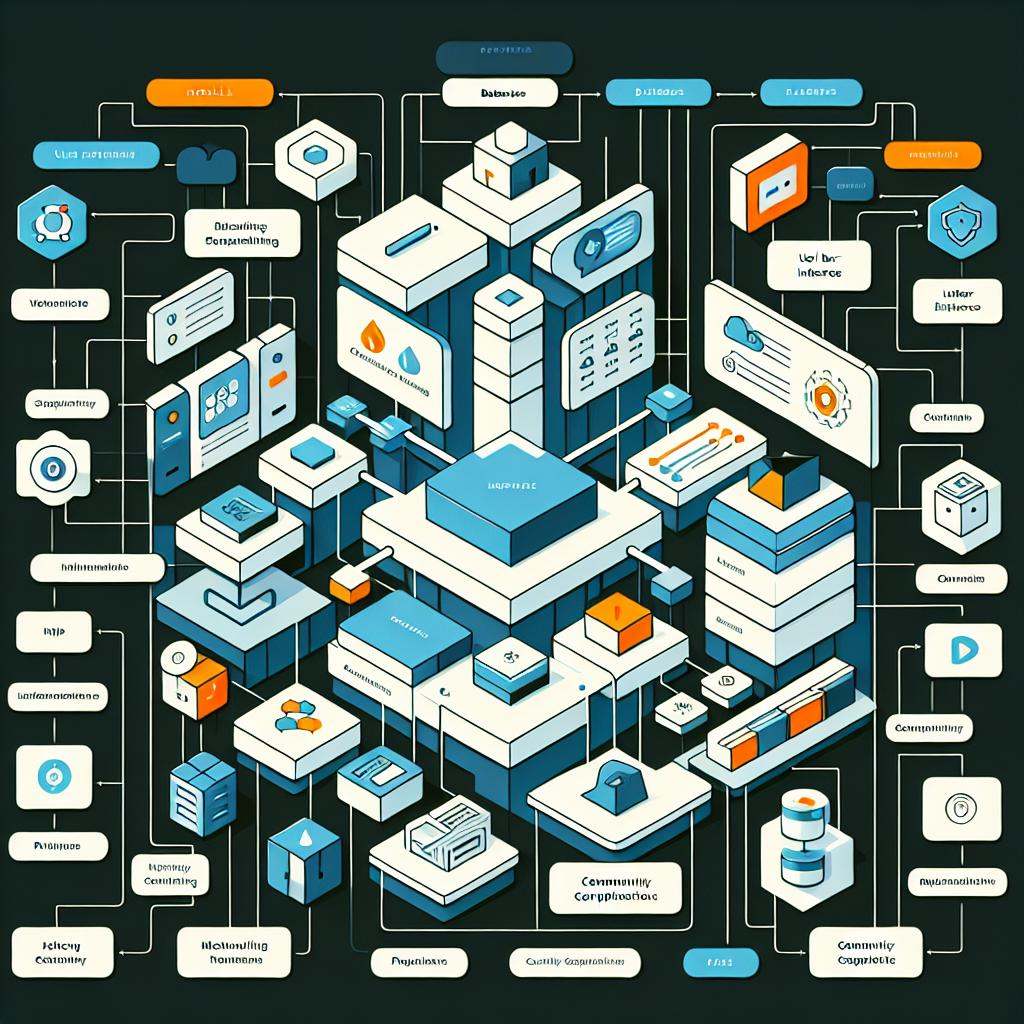The Metasploit Framework is a powerful tool used for penetration testing, security research, and vulnerability assessment. Understanding its architecture is crucial for effectively utilizing its capabilities. This blog post will delve into the core components of the Metasploit Framework, explaining how they interact and contribute to its overall functionality.
The Metasploit Framework is an open-source platform that provides security professionals with the tools needed to identify and exploit vulnerabilities in systems. It is widely used by ethical hackers and security researchers to simulate attacks and assess the security posture of networks and applications. The framework is modular, allowing users to extend its capabilities through plugins and custom modules.
1. Modules
At the heart of the Metasploit Framework are its modules. These are the building blocks that provide the functionality for various tasks, including exploitation, payload generation, and auxiliary functions. Modules are categorized into several types:
-
Exploits: These modules are designed to take advantage of vulnerabilities in software or systems. Each exploit targets a specific vulnerability and can be configured with various options to tailor the attack.
-
Payloads: Payloads are the code that runs on the target system after a successful exploit. They can be used to create a reverse shell, execute commands, or establish a persistent backdoor. Payloads can be standalone or can be combined with exploits.
-
Auxiliary Modules: These modules perform various tasks that do not involve exploitation, such as scanning, fuzzing, and sniffing. They are useful for gathering information about the target environment.
-
Post Modules: After gaining access to a system, post modules can be used to perform actions such as privilege escalation, data exfiltration, or cleaning up traces of the attack.
2. Database
The Metasploit Framework uses a database to store information about targets, vulnerabilities, and sessions. This database allows users to keep track of their activities and results over time. The database can be configured to use different backends, such as PostgreSQL, which provides robust data management capabilities.
3. User Interface
Metasploit offers several user interfaces to interact with the framework:
-
msfconsole: This is the most commonly used command-line interface. It provides a powerful and flexible way to interact with Metasploit, allowing users to execute commands, load modules, and manage sessions.
-
msfweb: A web-based interface that allows users to interact with Metasploit through a browser. While not as commonly used as msfconsole, it provides a graphical representation of the framework's capabilities.
-
Armitage: A graphical user interface that simplifies the use of Metasploit. It provides a visual representation of targets and exploits, making it easier for users to plan and execute attacks.
4. Framework Libraries
The Metasploit Framework is built on a set of libraries that provide essential functionality. These libraries handle tasks such as networking, encoding, and cryptography. They allow developers to create new modules and extend the framework's capabilities without having to reinvent the wheel.
5. Plugins
Plugins are additional components that can be integrated into the Metasploit Framework to enhance its functionality. They can provide new features, automate tasks, or improve the user interface. The modular nature of Metasploit allows for a wide range of plugins to be developed and shared within the community.
One of the strengths of the Metasploit Framework is its active community. Security researchers and developers contribute modules, plugins, and enhancements, ensuring that the framework stays up-to-date with the latest vulnerabilities and attack techniques. This collaborative environment fosters innovation and helps users stay ahead of emerging threats.
Conclusion
Understanding the architecture of the Metasploit Framework is essential for anyone looking to leverage its capabilities for penetration testing and security assessments. By familiarizing yourself with its core components—modules, database, user interfaces, libraries, plugins, and community contributions—you can effectively navigate the framework and utilize its powerful tools to identify and exploit vulnerabilities. As cybersecurity threats continue to evolve, mastering Metasploit will remain a valuable skill for security professionals.



